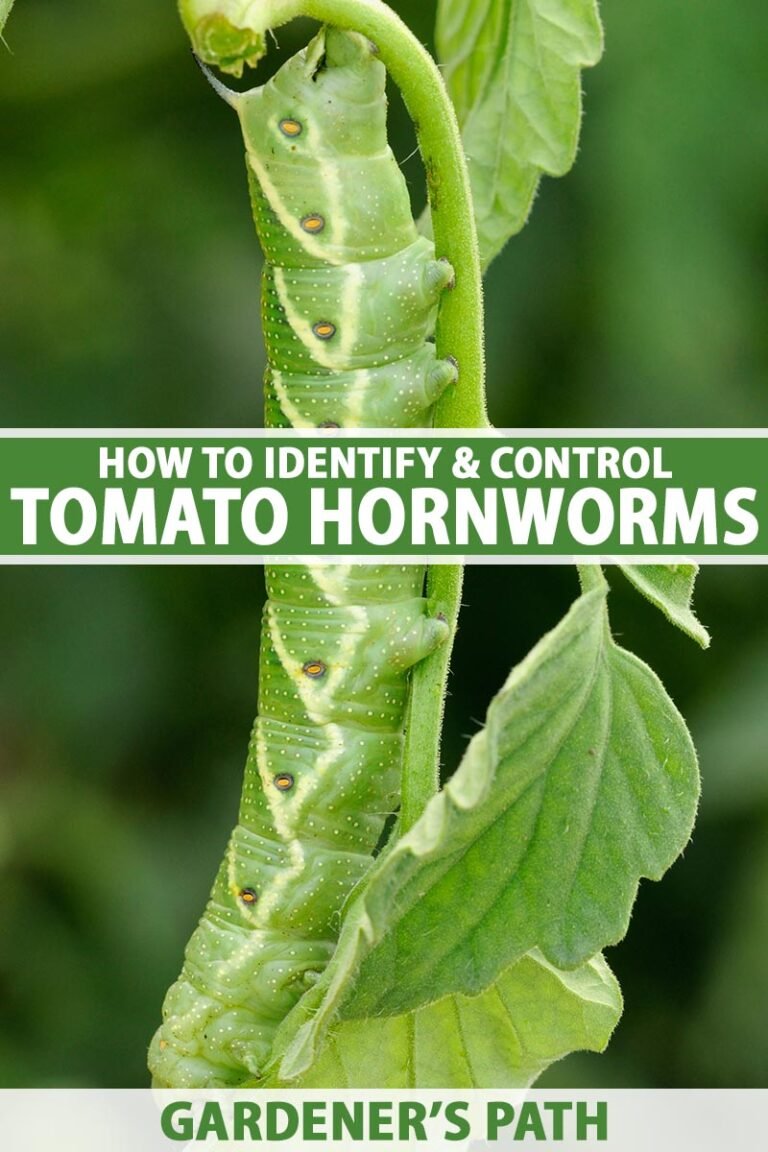
Using a garden journal is like having a personal assistant for your garden. It helps you track when plants are thriving and when unwanted visitors show up. It can feel overwhelming at first, especially if you’re just starting out, but I promise, once you get the hang of it, you’ll wonder how you managed without one. So, grab a cup of coffee, and let’s dig into how you can effectively use a garden journal to keep tabs on hornworms.
Why Use a Garden Journal for Hornworm Monitoring?
Monitoring hornworms in your garden can prevent a whole lot of heartache. If you’ve ever found your tomato plants stripped bare, you know the frustration. A garden journal helps you document plant health and pest activity over time. This gives you a clear picture of patterns and problems.
Here’s the thing: hornworms are notorious for their ability to blend in with foliage, making them tough to spot. By keeping a record, you can note when you see the first signs of damage. Perhaps you’ll see leaves being eaten or the presence of droppings on the ground. By taking notes, you’ll know to check those plants more closely and act quickly before things get out of hand.
As you monitor hornworms, you’ll also capture which plants seem more susceptible. For example, you might notice that your peppers are targeted more than your basil. This way, you can strategize to protect your vulnerable plants better.
How to Start Your Garden Journal
Starting a garden journal doesn’t require fancy supplies. A simple notebook or a digital app works just fine. Choose whatever suits your style best. What’s important is that you’ll be consistent. Each time you visit your garden, make a habit of writing down observations.
You might want to categorize your notes into sections. For example, create headings for “Pest Sightings,” “Plant Health,” and “Harvest Dates.” Under “Pest Sightings,” you’ll specifically note any hornworm activity. Remember, the more detailed you are, the better insights you’ll gain later.
Let me explain how this might look in practice. Let’s say you saw a hornworm munching on a tomato leaf. You could write down the date, the number of worms spotted, and even sketch a little picture if you’re artistically inclined. This record not only helps you keep track but also makes your garden journal fun to look back on!
Understanding Hornworm Behavior
Hornworms can be sneaky. They’re often found in the daytime, devouring leaves voraciously, so you might wonder why you don’t see them all the time. Here’s the thing: they tend to hide during the day to avoid predators and come out at night. This undercover style makes them tougher to catch.
By documenting their behavior in your journal, you can start to identify when they’re most active. For instance, if you notice them appearing shortly after a rainstorm, then that’s valuable information for future garden visits. You might consider making evening checks to catch them in the act.
You might also want to include notes about their life cycle. Did you know that hornworms can turn into beautiful moths? Tracking their growth stages in your journal can be a fascinating aspect. It adds depth to your experience and helps you understand what you’re dealing with.
Tracking Plant Health
In addition to monitoring hornworms, your garden journal can double as a health report for your plants. Documenting things like when you water, fertilize, or notice wilting leaves helps you see what’s working and what’s not.
For example, if your plants are thriving after a particular type of fertilizer, that’s worth noting. Conversely, if they seem to struggle after heavy rain, you’ll want to adjust your watering schedule. Keep track of different environmental factors, too, like temperature and sunshine.
This holistic approach gives you a well-rounded understanding of your garden. Let’s face it—gardening is a balancing act. Knowing how your plants react to various conditions allows you to make better decisions. And when it comes to hornworms, healthier plants are more likely to withstand the attack!
Creating Effective Monitoring Strategies
Now that you have a garden journal and understand the importance of tracking hornworms and plant health, how do you put it all together? Here are some practical strategies:
- Daily Checks: Plan to check your garden every day or at least a few times a week. Make it a routine. This is especially important during the growing season when hornworms can multiply quickly.
- Visual Inspection: When you check your plants, look closely for any signs of hornworm activity—eaten leaves, droppings, or the worms themselves.
- Record Keeping: Note the number and locations of any hornworms found. This will help you pinpoint trouble spots in your garden.
- Action Plan: If you notice a rise in hornworm activity, have a treatment plan. This could be as simple as hand-picking them off or applying organic pesticide.
By using these strategies in your journal, you’ll create an effective monitoring system that evolves with your gardening experience.
Using Technology to Enhance Your Journal
While pen and paper can get the job done, you might be wondering if technology could give you an edge. There are several gardening apps specifically designed for tracking pests and plant health. These can automate some of your journaling tasks and make data collection easier.
For example, certain apps allow you to take photos of pest damage and tag them with notes. This can make it easier to visualize changes over time. Plus, they often come with reminders for watering or fertilizing. If you’re tech-savvy, this might be a great addition to your garden journal routine.
However, don’t underestimate the charm of a good old-fashioned notebook! There’s something rewarding about flipping through the pages of your garden journey. It gives you a tangible connection to your work and progress.
Wrapping It All Up
Monitoring hornworms with a garden journal is not just about keeping your plants safe; it’s about enhancing your entire gardening experience. By recording your observations, you gain valuable insights that can help you grow healthier plants and manage pests effectively.
Think of your journal as a conversation with your garden. It tells you what works, what doesn’t, and when to act. Plus, it adds a dash of fun and creativity to the process! So, grab that notebook or app, and start your journey today. Your plants will thank you for it—along with your fellow gardeners who might benefit from your newfound wisdom!

